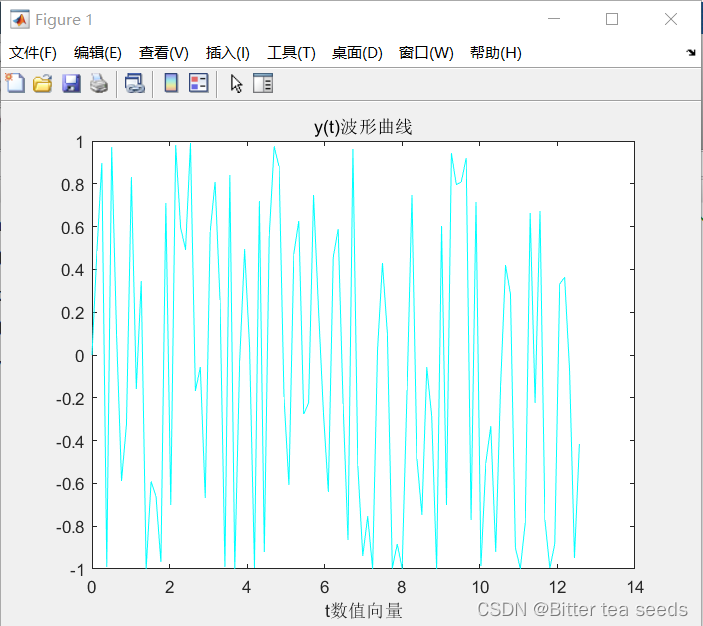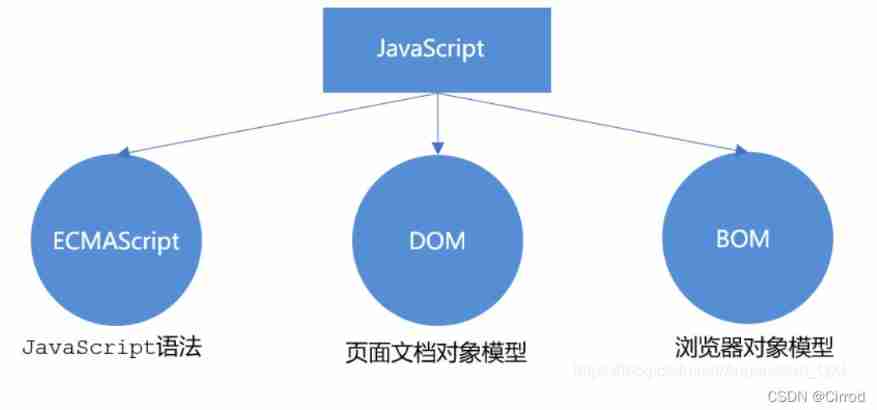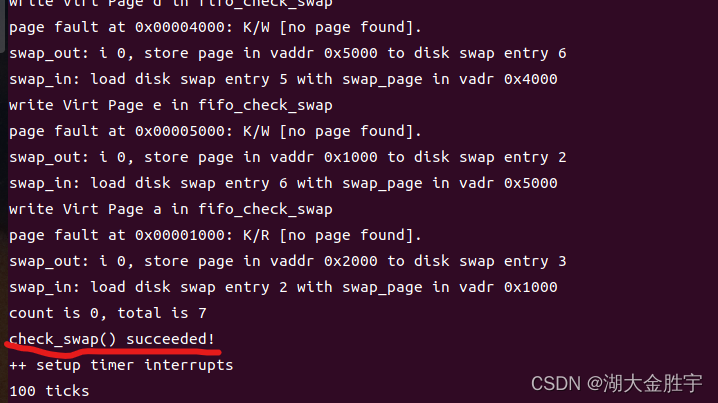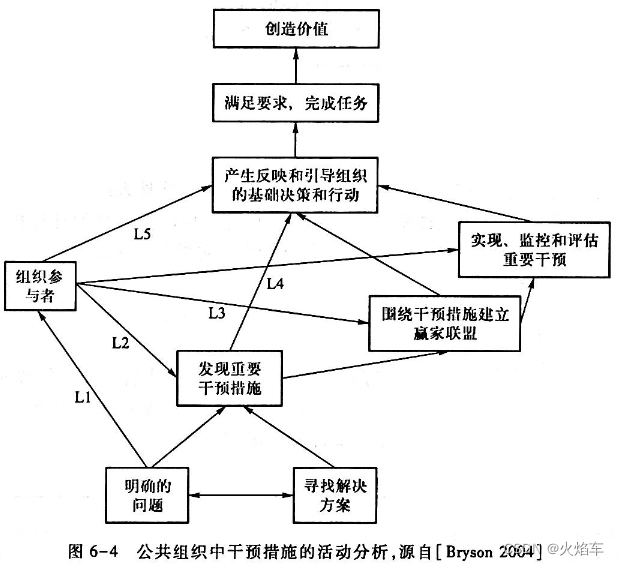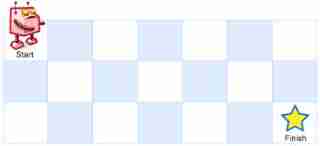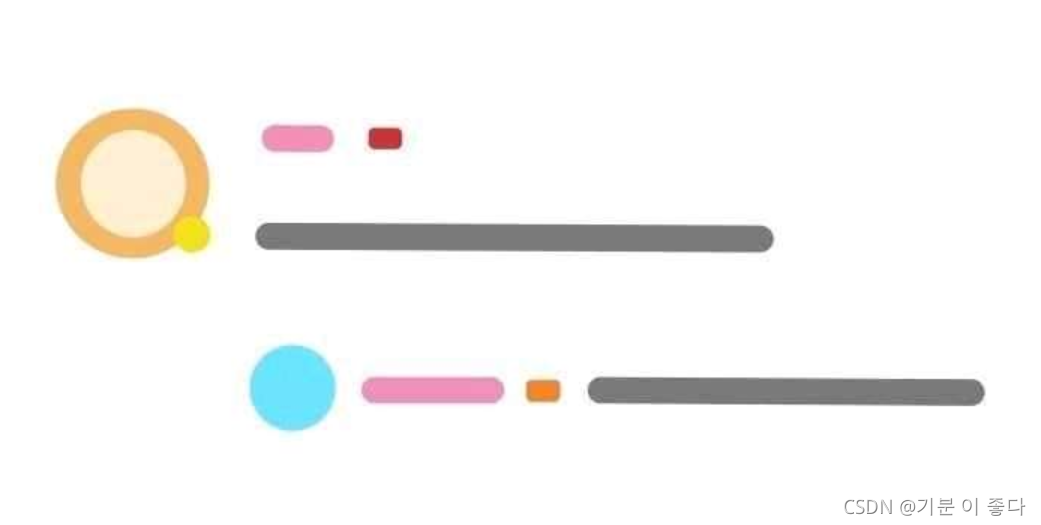当前位置:网站首页>【练习-7】Crossword Answers
【练习-7】Crossword Answers
2022-07-06 09:26:00 【火焰车】
Description
A crossword puzzle consists of a rectangular grid of black and white squares and two lists of definitions (or descriptions).
One list of definitions is for “words” to be written left to right across white squares in the rows and the other list is for words to be written down white squares in the columns. (A word is a sequence of alphabetic characters.)
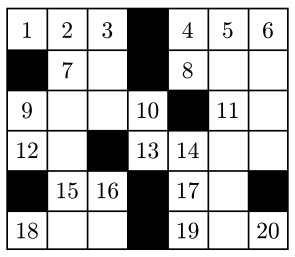
To solve a crossword puzzle, one writes the words corresponding to the definitions on the white squares of the grid.
The definitions correspond to the rectangular grid by means of sequential integers on “eligible” white squares. White squares with black squares immediately to the left or above them are “eligible.” White squares with no squares either immediately to the left or above are also “eligible.” No other squares are numbered. All of the squares on the first row are numbered.
The numbering starts with 1 and continues consecutively across white squares of the first row, then across the eligible white squares of the second row, then across the eligible white squares of the third row and so on across all of the rest of the rows of the puzzle. The picture below illustrates a rectangular crossword puzzle grid with appropriate numbering.
An “across” word for a definition is written on a sequence of white squares in a row starting on a numbered square that does not follow another white square in the same row.
The sequence of white squares for that word goes across the row of the numbered square, ending immediately before the next black square in the row or in the rightmost square of the row.
A “down” word for a definition is written on a sequence of white squares in a column starting on a numbered square that does not follow another white square in the same column.
The sequence of white squares for that word goes down the column of the numbered square, ending immediately before the next black square in the column or in the bottom square of the column.
Every white square in a correctly solved puzzle contains a letter.
You must write a program that takes several solved crossword puzzles as input and outputs the lists of across and down words which constitute the solutions.
Input
Each puzzle solution in the input starts with a line containing two integers r and c (1≤r≤10 and 1≤c≤10), where r (the first number) is the number of rows in the puzzle and c (the second number) is the number of columns.
The r rows of input which follow each contain c characters (excluding the end-of-line) which describe the solution. Each of those c characters is an alphabetic character which is part of a word or the character ‘*’, which indicates a black square.
The end of input is indicated by a line consisting of the single number ‘0’.
Output
Output for each puzzle consists of an identifier for the puzzle (puzzle #1:, puzzle #2:, etc.) and the list of across words followed by the list of down words. Words in each list must be output one-per-line in increasing order of the number of their corresponding definitions.
The heading for the list of across words is ‘Across’. The heading for the list of down words is ‘Down’.
In the case where the lists are empty (all squares in the grid are black), the ‘Across’ and ‘Down’ headings should still appear.
Separate output for successive input puzzles by a blank line.
题目大意:
就是按照顺序输出字符串,这段字符串结束条件是遇到了 * 或是到了该行(列)的结尾。并且输出该字符串之前要输出第一个字母位置上的数,排数的规则是第一行和第一列只要不是 * 就要有数,其他的如果在该位置左侧或上侧有 * 也要有数。
AC CODE:
#include<bits/stdc++.h>
using namespace std;
typedef long long ll;
int r,c;
int main()
{
int time=1;
while(cin>>r && r)
{
char a[15][15]={
0};
int sign[15][15]={
0},ed[15][15]={
0},cnt=0,ord=0;
cin>>c;
for(int i=1;i<=r;i++)
for(int j=1;j<=c;j++)
{
cin>>a[i][j];
if(a[i][j]!='*')
if(i==1||j==1||a[i][j-1]=='*'||a[i-1][j]=='*')
sign[i][j] = ++cnt;
}
cout<<"puzzle #"<<time<<":"<<endl;
cout<<"Across"<<endl;
for(int i=1;i<=r;i++)
for(int j=1;j<=c;j++)
{
while(a[i][j]=='*') j++;
if(j>c) continue;
if(sign[i][j]<10) cout<<" "<<sign[i][j]<<".";
else cout<<" "<<sign[i][j]<<".";
while(j<=c && a[i][j]!='*')
{
cout<<a[i][j];
j++;
}
cout<<endl;
}
cout<<"Down"<<endl;
for(int i=1;i<=r;i++)
for(int j=1;j<=c;j++)
{
while(sign[i][j]==0||ed[i][j]) j++;
if(j>c) continue;
if(sign[i][j]<10) cout<<" "<<sign[i][j]<<".";
else cout<<" "<<sign[i][j]<<".";
int ii=i;
while(ii<=r && a[ii][j]!='*')
{
ed[ii][j]=1;
cout<<a[ii][j];
ii++;
}
cout<<endl;
}
cout<<endl;
time++;
}
return 0;
}
分解着讲一下吧:
第一部分:
for(int i=1;i<=r;i++)
for(int j=1;j<=c;j++)
{
cin>>a[i][j];
if(a[i][j]!='*')
if(i==1||j==1||a[i][j-1]=='*'||a[i-1][j]=='*')
sign[i][j] = ++cnt;
}
这就是按照规定排数字,输入的同时就可以排完。挺简单的,应该能看明白。
第二部分:
for(int i=1;i<=r;i++)
for(int j=1;j<=c;j++)
{
while(a[i][j]=='*') j++;
if(j>c) continue;
if(sign[i][j]<10) cout<<" "<<sign[i][j]<<".";
else cout<<" "<<sign[i][j]<<".";
while(j<=c && a[i][j]!='*')
{
cout<<a[i][j];
j++;
}
cout<<endl;
}
遍历输出啊。。。感觉这一步还是比较容易理解的可以。
第三部分:
for(int i=1;i<=r;i++)
for(int j=1;j<=c;j++)
{
while(sign[i][j]==0||ed[i][j]) j++;
if(j>c) continue;
if(sign[i][j]<10) cout<<" "<<sign[i][j]<<".";
else cout<<" "<<sign[i][j]<<".";
int ii=i;
while(ii<=r && a[ii][j]!='*')
{
ed[ii][j]=1;
cout<<a[ii][j];
ii++;
}
cout<<endl;
}
可能比较难的就是这一部分了,实际上还是两层for循环的输出,只不过如果找到了字符串的起始位置,要往下继续找,并做好标记,之后再扫到这个字符的时候不会重复输出。
细节:
①记得标号puzzle的改变
②最后多输出一个回车
③很奇怪的是在我用的OJ上标号要保持三个位置,如:()()1.AB ()10.WUD
边栏推荐
- JS --- detailed explanation of JS DOM (IV)
- Learning records: serial communication and solutions to errors encountered
- 学习记录:USART—串口通讯
- Record of force deduction and question brushing
- Research Report on printed circuit board (PCB) connector industry - market status analysis and development prospect forecast
- 信息安全-威胁检测-NAT日志接入威胁检测平台详细设计
- JS --- BOM details of JS (V)
- ucore lab7
- JS调用摄像头
- ucore lab 6
猜你喜欢
随机推荐
Research Report on printed circuit board (PCB) connector industry - market status analysis and development prospect forecast
1010 things that college students majoring in it must do before graduation
China earth moving machinery market trend report, technical dynamic innovation and market forecast
学习记录:使用STM32外部输入中断
Interesting drink
力扣刷题记录--完全背包问题(一)
Alice and Bob (2021牛客暑期多校训练营1)
STM32如何使用STLINK下载程序:点亮LED跑马灯(库版本)
JS --- detailed explanation of JS DOM (IV)
信息安全-安全编排自动化与响应 (SOAR) 技术解析
Printing quality inspection and verification system Industry Research Report - market status analysis and development prospect forecast
Market trend report, technical innovation and market forecast of lip care products in China and Indonesia
Accounting regulations and professional ethics [3]
Market trend report, technical innovation and market forecast of Chinese hospital respiratory humidification equipment
Learning record: Tim - Basic timer
LeetCode#268. Missing numbers
nodejs爬虫
Matlab comprehensive exercise: application in signal and system
Research Report of cylindrical grinder industry - market status analysis and development prospect forecast
用C语言写网页游戏
